Urban expansion is the process in which urban areas grow due to population increase and related developments. This growth often involves the transformation of rural or natural landscapes into built environments, impacting ecosystems and wildlife habitats. As cities expand, their boundaries often encroach upon territories traditionally inhabited by wildlife, including big cats such as leopards, tigers, and pumas.
Big Cats: A Quick Overview
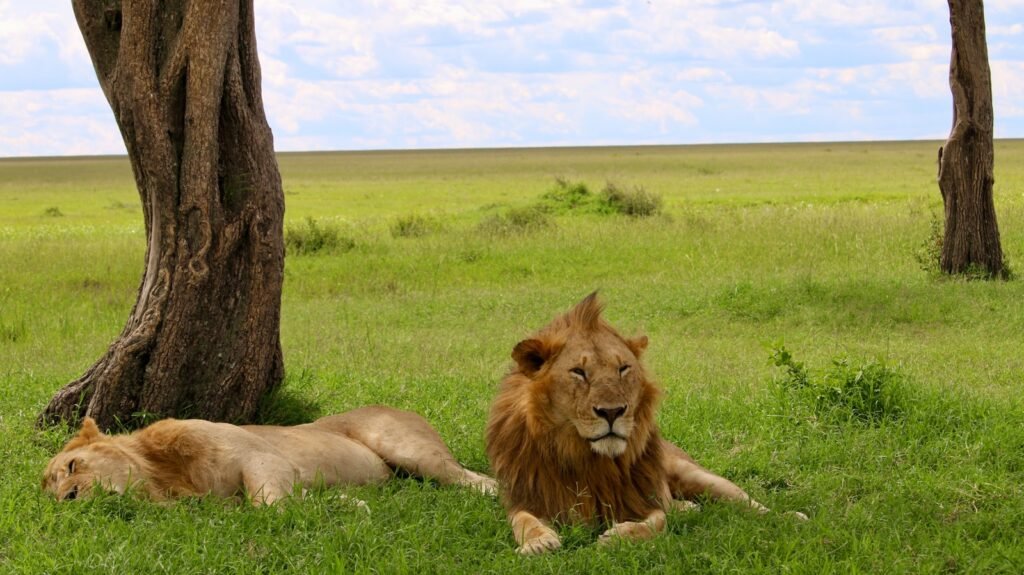
Big cats, including species like lions, tigers, leopards, jaguars, and cheetahs, are apex predators occupying a crucial niche in their ecosystems. These majestic creatures have been revered across cultures for centuries. However, their existence is increasingly threatened by various human activities, among which urban expansion is a significant factor.
The Impact of Urban Expansion on Big Cats
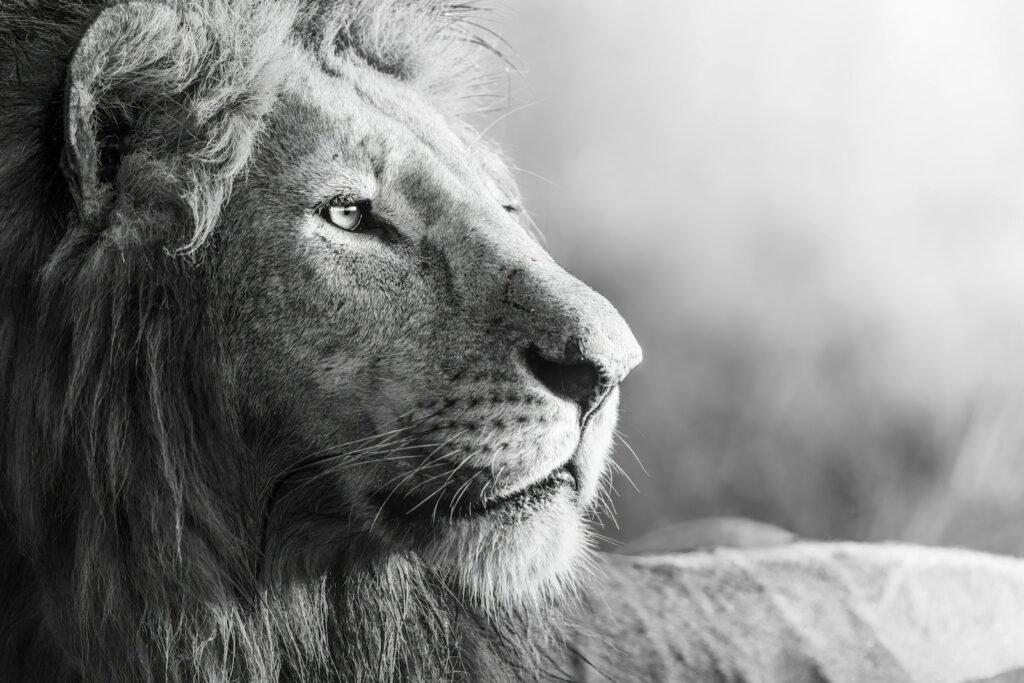
Urban development leads to habitat fragmentation and destruction, reducing the land available for big cats to hunt and breed. This encroachment often results in increased human-wildlife conflicts as big cats wander into urban areas in search of food. These encounters can be dangerous both for the animals and for humans living in these areas.
Current Challenges Faced by Big Cats
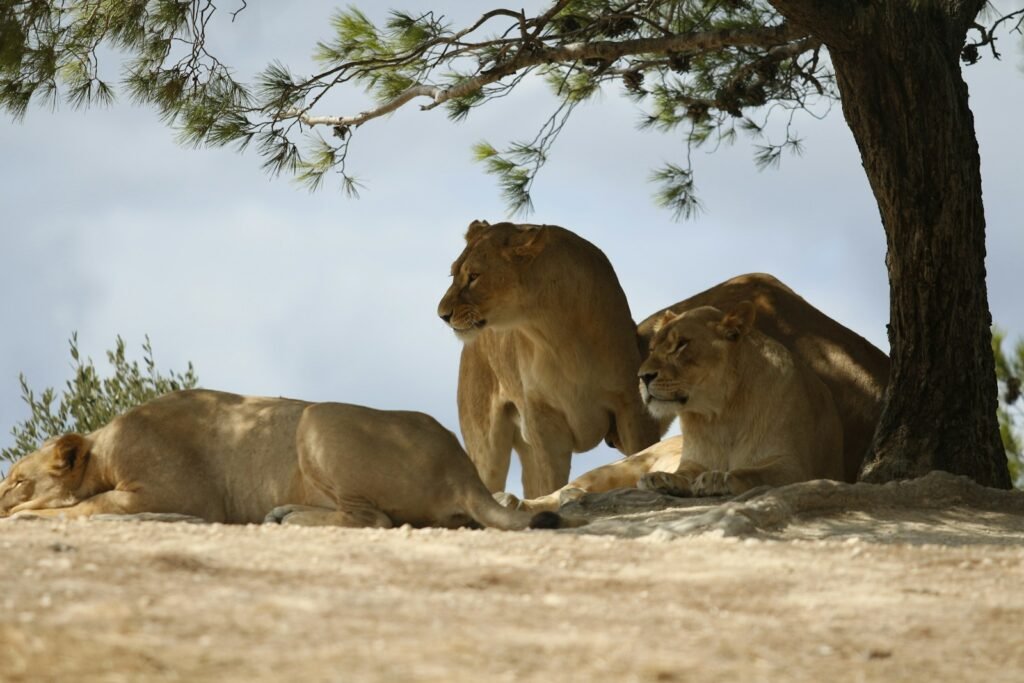
In addition to habitat loss, big cats face threats such as poaching, dwindling prey bases, and climate change. Urban areas pose specific challenges, such as road accidents, exposure to pollutants, and illegal hunting by residents protecting livestock or out of fear.
Case Studies: Big Cats in Urban Environments

Various cities have reported sightings of big cats. In Mumbai, India, leopards have become a regular feature within the city’s peripheries, sometimes venturing into urban neighborhoods. Similarly, in parts of North and South America, pumas have been spotted near or within urban areas. These examples illustrate both the challenge and opportunity for coexistence.
Possible Solutions for Coexistence
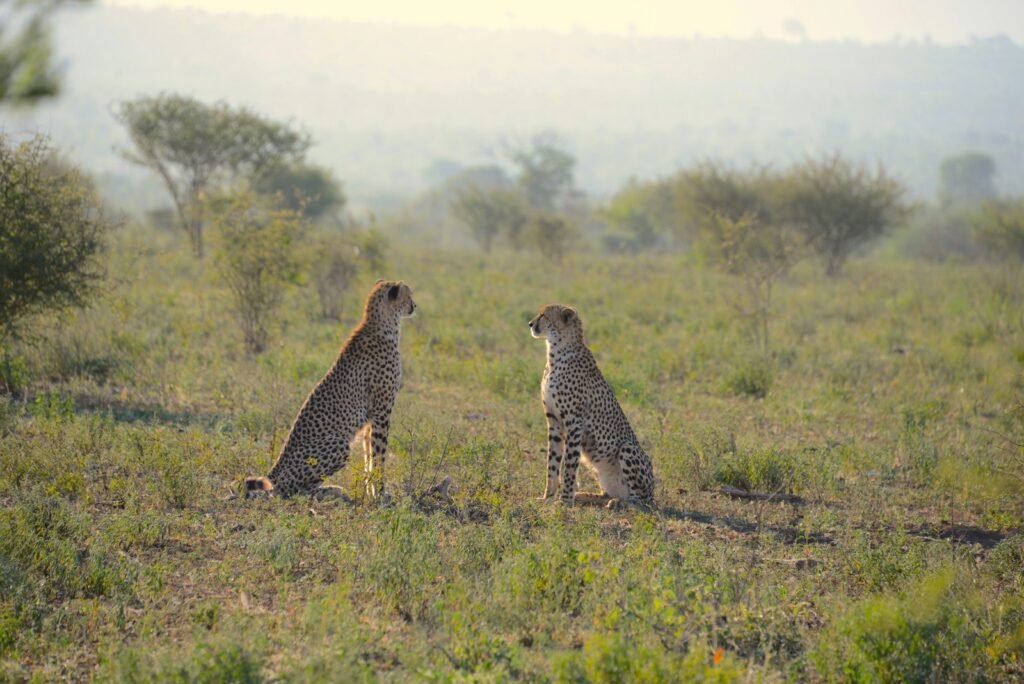
Efforts to foster coexistence include urban planning strategies that incorporate green corridors and designate protected areas to ensure the safe passage of wildlife. Community engagement and education about big cats and their behaviors can reduce fear and encourage coexistence. Technology such as motion sensors and wildlife monitoring systems can help track big cat movements and prevent human-wildlife conflicts.
Role of Conservation Organizations

Conservation organizations play a pivotal role in studying big cat behavior in urban environments and advocating for policy changes. These groups often work in collaboration with governments and local communities to develop and implement strategies that aim to reduce conflicts and promote awareness about the importance of preserving these species.
Innovations in Wildlife Management
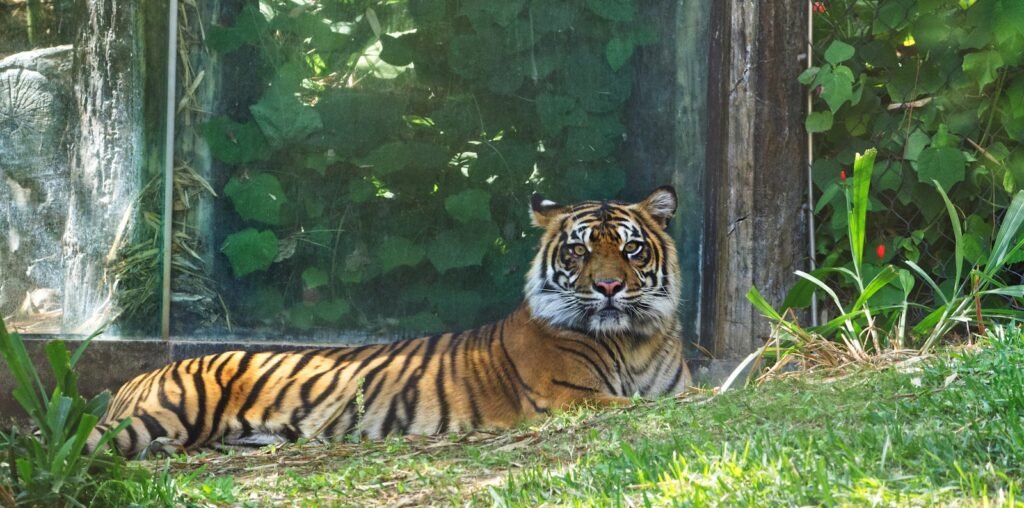
Advancements in technology have introduced new methods of managing wildlife in urban areas. GPS collars provide real-time data on big cat movements, helping researchers understand patterns and devise effective management strategies. Urban planners can use this data to mitigate risks and create environments that support both human and wildlife needs.
Policy Frameworks and Legal Protections
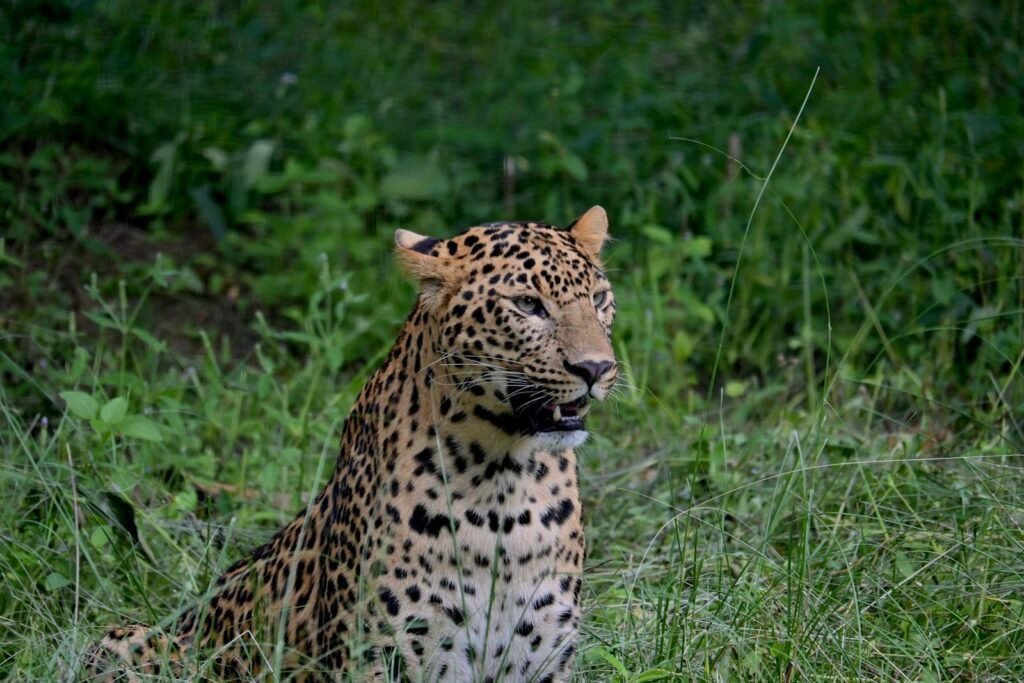
Strong legal frameworks are essential in ensuring the protection of big cats from urban threats. Laws that regulate land use, protect natural habitats, and enforce strict penalties for poaching are crucial. International treaties and local legislations need to be effectively implemented and monitored to ensure they meet the conservation goals necessary for coexistence.
The Future of Urban Big Cats

The future of big cats in urban environments depends on collaborative efforts between governments, conservationists, urban planners, and local communities. Through research, innovation, and public awareness, cities can evolve into spaces where both human populations and big cats can coexist harmoniously. Understanding that the health of ecosystems, which includes apex predators like big cats, ultimately impacts human well-being is pivotal in these efforts.
In conclusion, while the challenges are considerable, the potential for big cats to coexist with urban expansion exists. Through informed planning, cooperation, and a commitment to conservation, it is possible to create a future where urban and natural habitats can coexist sustainably.
Hi, I’m Bola, a passionate writer and creative strategist with a knack for crafting compelling content that educates, inspires, and connects. Over the years, I’ve honed my skills across various writing fields, including content creation, copywriting, online course development, and video scriptwriting.
When I’m not at my desk, you’ll find me exploring new ideas, reading books, or brainstorming creative ways to solve challenges. I believe that words have the power to transform, and I’m here to help you leverage that power for success.
Thanks for stopping by, Keep coming to this website to checkout new articles form me. You’d always love it!






